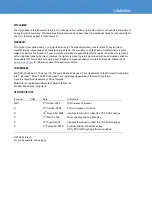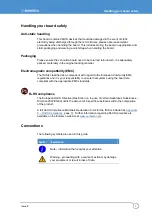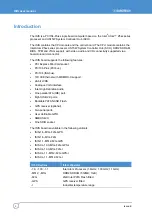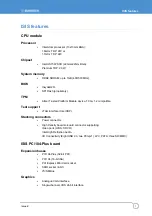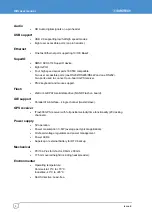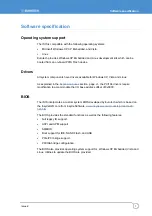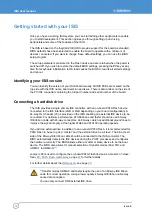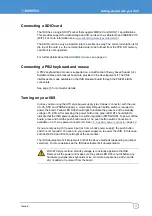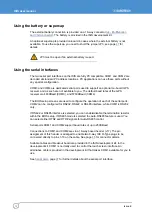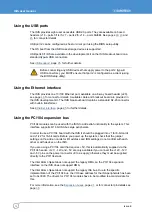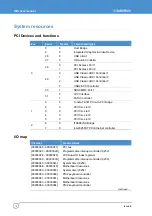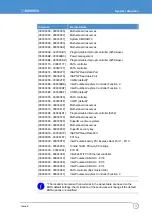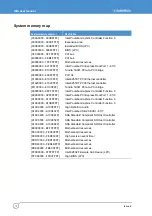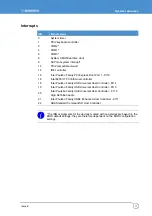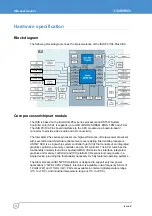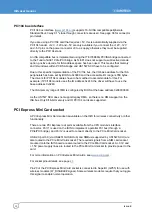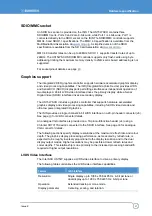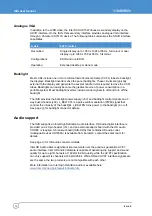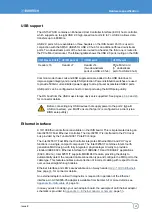
ISIS user manual
Issue E
10
Getting started with your ISIS
Once you have a working ISIS system, you can start adding other peripherals to enable
you to start development. This section guides you through setting up and using
peripherals and some of the features of the ISIS.
The ISIS is based on the InsydeH2O BIOS to provide support for the board as standard.
BIOS defaults have been selected to enable the board to operate with a minimum of
devices connected. If you want to change these default settings, you can use the BIOS
setup program.
The setup parameters are stored in the Flash device and are retained when the power is
switched off. If you wish to restore the default BIOS settings, pressing the
F3
key at any
time from keyboard initialization to OS load causes the BIOS to rewrite all stored settings
and reboot.
Identifying your ISIS version
You can identify the version of your ISIS board visually. All ISIS PCBs are marked on the
top side with the ISIS name, board version and issue. There is also a label on the side of
the PC/104 connector containing the full part number and serial number of the board.
Connecting a hard disk drive
The ISIS provides a single primary IDE controller, with an on-board PATA Flash device
connected to the IDE interface (2GB or 4GB depending on your board configuration). A
44-way 2mm header (J5) is provided on the ISIS enabling one external IDE device to be
connected. For optimum performance, ATA66 drives and faster should use an 80-way
IDE ribbon cable with 40-way connectors. An 80-way cable has additional ground lines to
improve the signal integrity at the higher ATA66 and ATA100 operating speeds.
If you add an external drive in addition to an on-board PATA Flash, it is recommended for
PATA Flash to be set up as a ‘master’ and the external drive as a ‘slave’. The blue (host)
side of the 80-way IDE ribbon cable should be connected to the ISIS connector. The
BIOS automatically detects the IDE devices during the POST processes and configures
the hardware correctly. The BIOS allows either a master or slave device to be the boot
device. The BIOS also allows for manual selection of transfer modes (Fast PIO, and
UDMA-1 to UDMA-5)
(
*
)
.
Jumper JP2 is used to configure the on-board PATA Flash device as a ‘master’ or ‘slave’.
See
for further details.
For further details about the
, see page
(*)
Transfer modes UDMA-3 and faster require the use of an 80-way IDE ribbon
cable for correct operation. Using a lower quality 40-way IDE ribbon cable may
cause data corruption.
You can only connect ONE external IDE drive.


